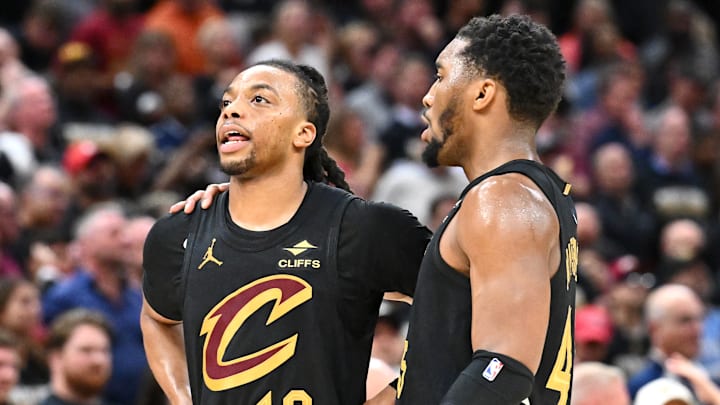No matter the success of the coming regular season, the postseason will be where everything is expected of the Cleveland Cavaliers.
For good reason, the first 82-game season means little to Cavs fans and critics alike. For three seasons in a row, the Cavaliers have underperformed the expectations set for them in the playoffs after the regular season. Out of three series with homecourt advantage, the Cavs have lost in five games twice. At this point, Cleveland has more to prove than possibly any other current franchise in the next postseason.
An early favorite in the Eastern Conference, the Cavaliers will be closely monitored for their health, offensive and defensive cohesion, chemistry and coaching tactics as onlookers try to pick apart how much the team has grown and learned from the last playoff defeat. With various rival contenders decimated by star injuries and subsequent offseason trades, signings and shocking waivers, the Cavs' path to the Finals could hardly be more clear.
One major hurdle that prevented earlier success has been a plague every contender dreads down the stretch - poor injury luck. Each of the Cavs' three playoff runs with the current core, injuries have shut down the core four in some way and hampered their progress. While not an excuse, it has undoubtedly hurt the franchise's chances. This year, that fear can be hopefully subsided after savvy summer moves by the front office.
The Cavaliers are built to endure injuries
Two key areas of desperate need were finally addressed this summer for the Cavaliers' bench. Cleveland traded Isaac Okoro for Lonzo Ball, a veteran point guard with two-way impact and high basketball IQ. Though Ball has plenty of concerning injuries in his past, his arrival to the Cavs gives the team a reliable backup to Darius Garland. It allows the Cavaliers to limit the usage and playing time of both guards, balancing the injury perils.
Additionally, if Lonzo or Garland miss extended time, young backups Tyrese Proctor and Craig Porter, Jr. can step in to fill minutes as needed. Though both are inexperienced and flawed, they can serve as useful options alongside Donovan Mitchell in the backcourt to keep the offense flowing.
In the frontcourt, the Cavaliers finally added a real bench option behind Evan Mobley and Jarrett Allen. While many speculated the best backup option would be a traditional, bruising big man, the Cavaliers pivoted to a reunion with fan-favorite big man Larry Nance, Jr., son of a former Cavs legend. Standing at 6-foot-9, Nance is an ideal backup who can switch between the four and five positions without hesitation or problem.
Nance offers floor spacing, rebound and veteran leadership in a way no other recent frontcourt solution has done. While in a healthy lineup Nance will probably spend most of his time as a power forward playing with one of the starting bigs, he can move to the center role to allow both to rest or recover from injury.
Finally, the wing position is likely Cleveland's deepest and strongest position. With Max Strus, De'Andre Hunter, Sam Merrill, Jaylon Tyson and Dean Wade available, the Cavs can sustain poor injury luck and maintain similar or identical success.
The Cleveland Cavaliers had spent years struggling to build legitimate depth around the core four, complementing their talents with versatile two-way role players. Through deliberately patient (frustratingly so, at times) moves, the Cavs enter the 2025-26 season with a roster capable of substituting for one another at a moment's notice to manage injuries and enter the playoffs with a clean bill of health and plenty of momentum.
